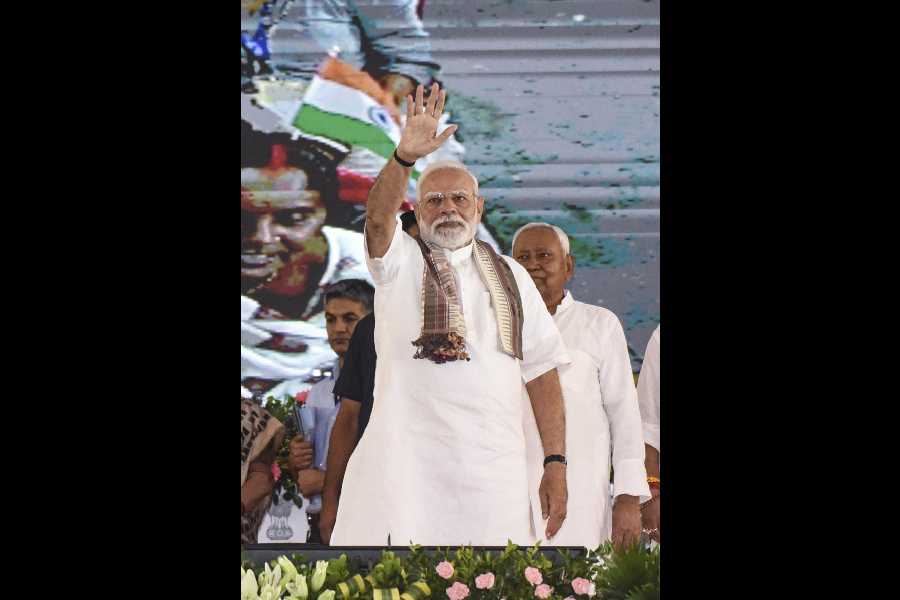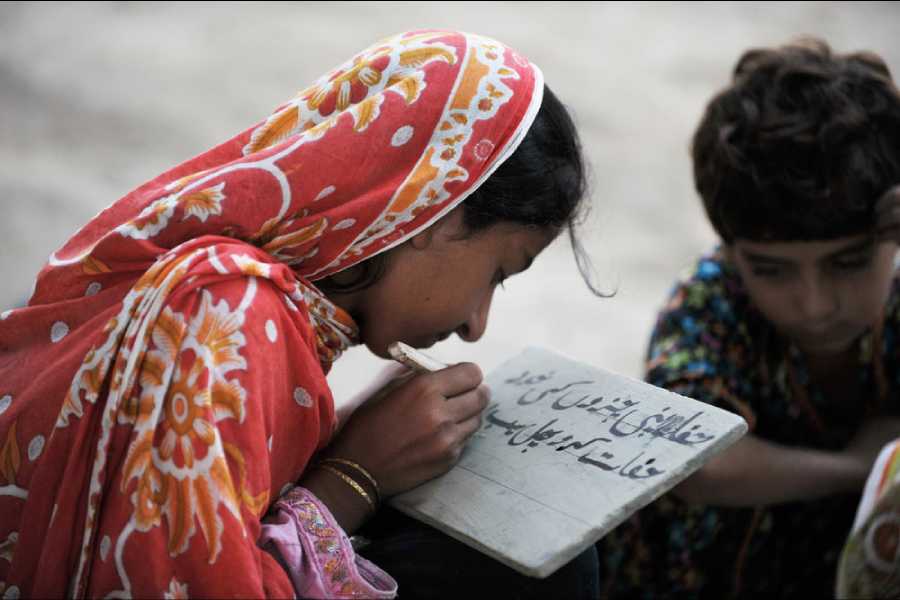 |
| Start your day with the Rajasthani dal ka chilla for some vital nutrients and vitamins; (below) seviyan upma is a great way to get a shot of protein right at breakfast |
 |
Pujas are around the corner, and ’fess up people — half of you’ve switched to soups and sandwiches instead of full meals. But good ol’ homemade Indian food is perfect even if you’re weight-watching. From breakfast to full meals and even dessert, Indian food gives you options that are healthy as well as tasty.
Says nutritionist Hena Nafis: “Any cuisine can be healthy if you want. Even in Indian food, if you use oil moderately it won’t be unhealthy. In fact, oil in the right amount is essential to a balanced diet. Mustard oil has monosaturated fats and even ghee (clarified butter), in moderation, isn’t bad.” Ghee is said to stimulate stomach acids and help digestion.
Also, spices used in Indian food have anti-microbial and anti-oxidant properties. Turmeric and cumin have medicinal values. Cloves are antibacterial and anti- septic while cinnamon helps lower low- density lipoprotein (LDL) cholesterol. In fact, studies suggest that cinnamon also regulates blood sugar.
Gaurav Lavania, senior sous chef, ITC Sonar, believes our spices are perfect for our climate and help to cool and cleanse the body. “Healthy food isn’t just about weight loss but keeping the system clean and our cuisine actually does that,” he says. Chef Sharad Dewan, executive chef and director, food production, at The Park, Calcutta, says: “It’s a myth that Indian food is unhealthy. A lot of Indians aren’t well off and can’t afford rich food.”
Besides, a lot of vitamins and minerals are only fat-soluble. So, oils are essential. Says Nafis, “You can use oil to temper your food instead of deep-frying.” And thankfully Indian cuisine offers options for all meals.
First, there’s breakfast. Chef Lavania of ITC The Sonar offers healthy picks like the Rajasthani dal ka chilla, a dosa-like pancake made from moong dal paste and the seviyan upma, a north Indian take on the popular south Indian snack, with seviyan replacing the sooji.
The moong dal in chilla has magnesium, folic acid and vitamin B6 and is also an anti-oxidant that helps with cholesterol. The seviyan upma, with vermicelli, urad dal, chana dal and mustard seed tempering, has pulses which are a good source of protein and nutrients like iron.
 |
| Fruits and skimmed milk come together in the Phol-er paayesh for a lip-smacking and guilt-free dessert |
For lunch too there are many options. Dewan suggests a south Indian moong dal koshimbri, a salad with moong dal and fresh vegetables. Just soak the dal for four hours. In a bowl toss the dal, add chopped onions, chillies, curry leaves, seasoning and lemon juice. And dig in.
For the main course, the meen kozhambu, where the fish isn’t fried but cooked in gravy, is an option. Also, the fenugreek, mustard seeds and cumin used in this are rich in vitamins and minerals. Mustard has medicinal properties as does the garlic that goes into this south Indian delicacy.
The Bengali lauki chana dal is also low on calories. Lauki (bottle gourd) is fibre-rich and easily digestible, ideal for a weight-watchers diet. Cooked lauki acts as a diuretic. Boil the dal with turmeric powder, cinnamon and salt. When the dal’s half-boiled, add diced bottle gourd and cook till done. Add roasted cumin powder (instead of tempering).
And of course, there’s saag that is generously used in Indian cooking.
Go for Deccani saag, made with spinach, kalmi saag and dill leaves. Blanch and chop the spinach. Chop the kalmi saag and dill. Temper cumin, dry red chilli, green chilli, chopped onions, dill and crushed garlic. Add chopped kalmi, spinach, onion greens, season and cook till the water dries.
Leafy vegetables are ideal for weight check as they are low in calories. They are also believed to be helpful in reducing the risk of heart disease as they are low in fat and high in dietary fibre. Also, they are rich in folic acid, vitamin C, potassium and magnesium.
 |
| The Omega 3 fatty acids in pomfret make meen kozhambu a healthy, yet filling, main course option |
Says chef Arindam Jana of The Park, Calcutta: “Indian accompaniments like the Maharashtrian bhakri made from whole grain jawar or whole grain ragi roti, had mostly in Karnataka and Rajasthan, are fibre-rich and good for digestion. “Whole grains ensure that there’s no loss of vitamin B,” says Nafis. These are definitely a healthier alternative to the maida (white refined flour) used in breads.
And if you’re longing for a little bit of sweet, you can indulge with chef Joymalya Banerjee’s phol-er paayesh without upsetting your entire diet plan. The paayesh (kheer) incorporates fruits like watermelons, grapes and papaya in addition to almonds. Watermelons provide vitamin C and A while papayas are one of the healthiest fruits that boost the digestive and immune systems. No eggs, no flour, no cream — a healthy dessert if there ever was one. Just use skimmed milk and the least bit or even no sugar — the fruits will take care of your sweet craving.










